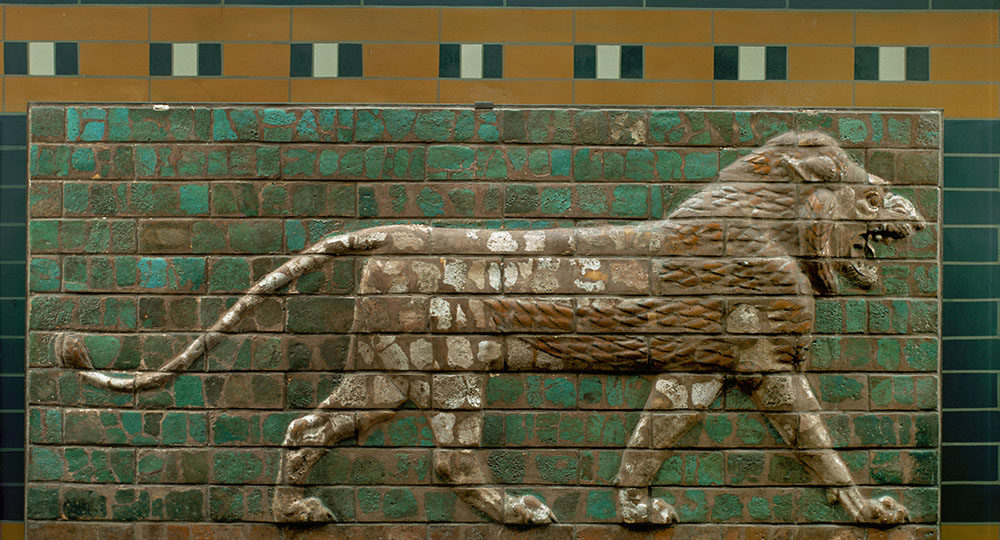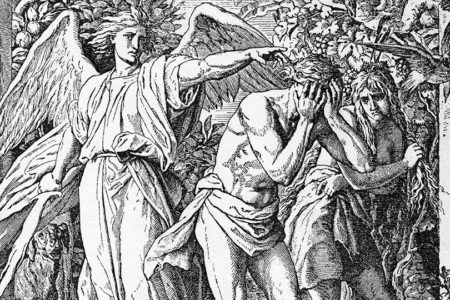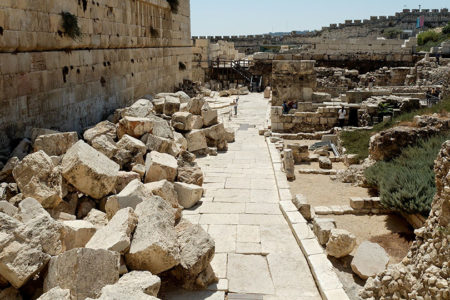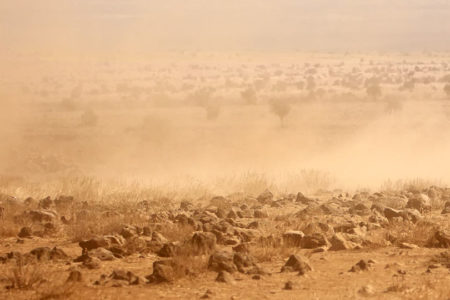Babylon
Babylon. The very name inspires all types of hedonistic, dissolute images of not only a city, but an attitude of rebellion against God and all that is righteous and good. So it is fitting that the greatest city in the sixth-century B.C. world now lies in ruins and is essentially uninhabited.
The first reference to ancient Babylon is in Genesis 10:8–10, which refers to Nimrod as its founder, probably in the fourth millennium B.C. The building of the Tower of Babel is also recorded as occurring in the city (Gen. 11:8–9). This fact is significant because the word Babylon means “gate of the god” (or “gods,” i.e., the place where the so-called god Marduk or other pagan gods made contact with humans). The definition explains why Babylon is always pictured in Scripture as the origin of demonic, pagan rebellion against the true God, as seen through the practice of astrology.
The first extrabiblical reference to the city of Babylon occurs in the 23rd century B.C. but not until the Old Babylonian Period (18th and 17th centuries B.C.) did the city gain prominence under Hammurabi, who developed the famous code of Hammurabi. This old empire fell to the Kassites and eventually was ruled by the Assyrians until the emergence of Nabopolassar and the Neo-babylonian Empire under King Nebuchadnezzar.
Nebuchadnezzar (also called Nebuchadrezzar), the conqueror of Jerusalem, built the ancient city into its glory. but that glory was short-lived. It fell to Cyrus the Mede in 539 B.C. and became part of the Medo-Persian Empire. Then Alexander the Great entered Babylon in 331 B.C. and attempted to rebuild it. Diaspora Jews, and possibly some Christians, lived in the city even into the Roman period, but by A.D. 200 the ancient city was abandoned.
Today the ruins of ancient Babylon lie about 50 miles south of Baghdad and five miles north of Hillah in Iraq. Serious excavation of the site did not occur until the mid-19th and early 20th centuries. The German Robert Koldewey excavated the site from 1899 to 1917, which explains the treasures of ancient Babylon seen today in the Berlin Museum.
What the archaeologists found was a magnificent city. Triple walls protected the center of the city, which was bisected by the Euphrates River. A bridge, a wonder in itself, joined the two sections of the city. Procession Way entered Babylon through the Ishtar Gate from the north, on the east bank of the Euphrates. Procession Way itself was 62 feet wide and led to the Ishtar Gate, which was 47 feet high. (It has been reconstructed in the Berlin Museum.) The gate was decorated with about 575 alternating pictures of the dragon of Marduk and the bull of Hadad.
By the gate were a palace, massive fortress, and possibly the famed Hanging Gardens. These gardens, one of the seven wonders of the ancient world, were said to have been built by Nebuchadnezzar for his homesick Median wife, Amytis, who missed the green mountains of Persia. They apparently were constructed on a tiered structure with a mechanism to raise the water to the upper levels.
To the south of the palace was the esagila, or sacred area, where the temples to Marduk and Ishtar and a ziggurat (perhaps a remnant of the Tower of babel) were located. The inner city on both sides of the river encompassed about 3.2 square miles. It is not difficult, then, to picture King Nebuchadnezzar standing on the roof of his palace, feeling great pride over this magnificent city (Dan. 4:29–30).
But because Babylon defied God and plundered Judah, the prophets Isaiah, Jeremiah, and Ezekiel all pictured this great kingdom’s fall. Jeremiah described a place so desolate that only the jackals lived there; it was never to be rebuilt (Jer. 50:39).
Today Babylon is still largely in ruins. Saddam Hussein, who saw himself as Nebuchadnezzar reincarnated, rebuilt some of the temples and a theater as a tourist attraction. His plan was to restore the entire city to its former glory to glorify himself.
In one of the great ironies of history, camp Babylon is now home to the U.S. Marines as part of the multi-national defense force protecting the ancient treasures of Babylon from looters.







